Whether you’re at the swankiest stores in the poshest of malls or at your neighborhood chaat stall and vegetable vendor, you no longer need a physical wallet. Just your phone will do, as long as there’s a QR code in sight! Those little placards are now ubiquitous, and synonymous with ease of spending.
In the past five years, India’s digital wallet landscape has transformed dramatically thanks to the pandemic-led adoption of contactless payment methods. Other reasons include
- Rapid expansion in digital infrastructure
- UPI-led migration to digital ecosystem
- Growing network of merchants
- Innovative disruptions by fintechs
Players like PhonePe have digitized over 30 Mn merchants and cover over 99% of pincodes across India. The low cost of QR code installation and maintenance is a major factor. In addition, the merchant discount rate (MDR) is currently zero for UPI. Little surprise then that merchants are adopting digital payments.
Ready for the digital age
Today, 40% of payments (by value) are digital, contributing to a USD 3Tn digital payment market. Industry experts see the potential for digital payments to triple to USD 10 Tn by 2026. They also forecast that 65% of overall payments will be digital by 2026, accounting for over USD 15 Tn.
Four major factors will drive this growth.
1. Expanding merchant acceptance:
A certain section of small and medium enterprises still opt for cash transactions. Onboarding them will involve rapid deployment of QR codes and seamless POS integration. Solutions that meet vertical needs could further increase merchant engagement. These could be anything from POS terminals embedded with supply chain accounts to inventory management to customer relationship management (CRM) tools.
2. Infrastructure push:
60-70% of new digital payment users over the last 2 years come from Tier 3 to 6 cities, and they’ll continue to push the next wave. It is also crucial to provide reliable Internet access, low-cost mobile data, and set up financial services marketplace.
3. Digitized value chains:
These help in increasing digital payment adoption. For merchants, digitizing the end-to-end supply chain will allow them to pay suppliers and vendors without cash. This in turn will drive digital payment acceptance from customers at POS.
4. IoT, 5G and CBDC lending:
Seamless payment experience and next gen payment methods such as M-to-M will be enabled by 5G and IoT. The Digital Rupee and a Central bank Digital Currency – both of which are being discussed – can address security concerns such as transparency and traceability of transactions.
Data-driven decisions
As digital payments and transactions increase, there is a wider scope and opportunity for financing. We’re seeing a growth in BNPL, merchant credit, vendor credit, etc. Transaction data drives the new-gen digital assessment aka credit worthiness. Earlier, it accounted for 10% of weightage. Now it stands at 50%.
Registered UPI user transactions grew >10x from 20-25 Mn in FY2019 to 250-300 Mn in FY 2022. That’s more than 100% YoY growth in transaction volumes. This network effect is all set to amplify in the coming years.
To engage and retain customers, personalization is a must. Hyper-personalized offers can be curated and delivered to customers on the Digital Wallet Apps in real-time using data. Users will then be encouraged to come to the app for other services, not just payments.
Insights from the PhonePe Pulse X BCG Report.
Find out how maya.ai can harness your enterprise data to provide AI-led personalized experiences. Speak to our experts today.

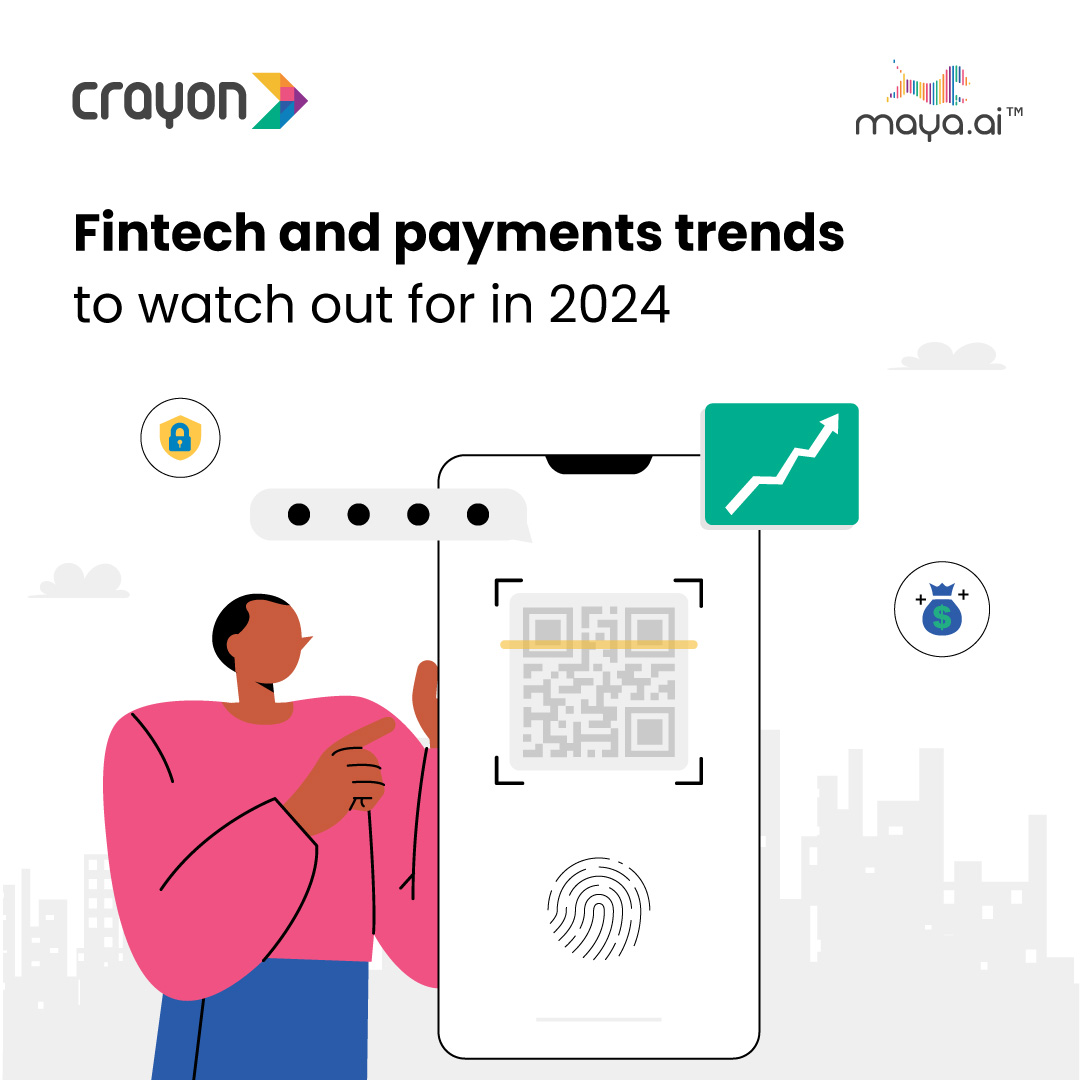
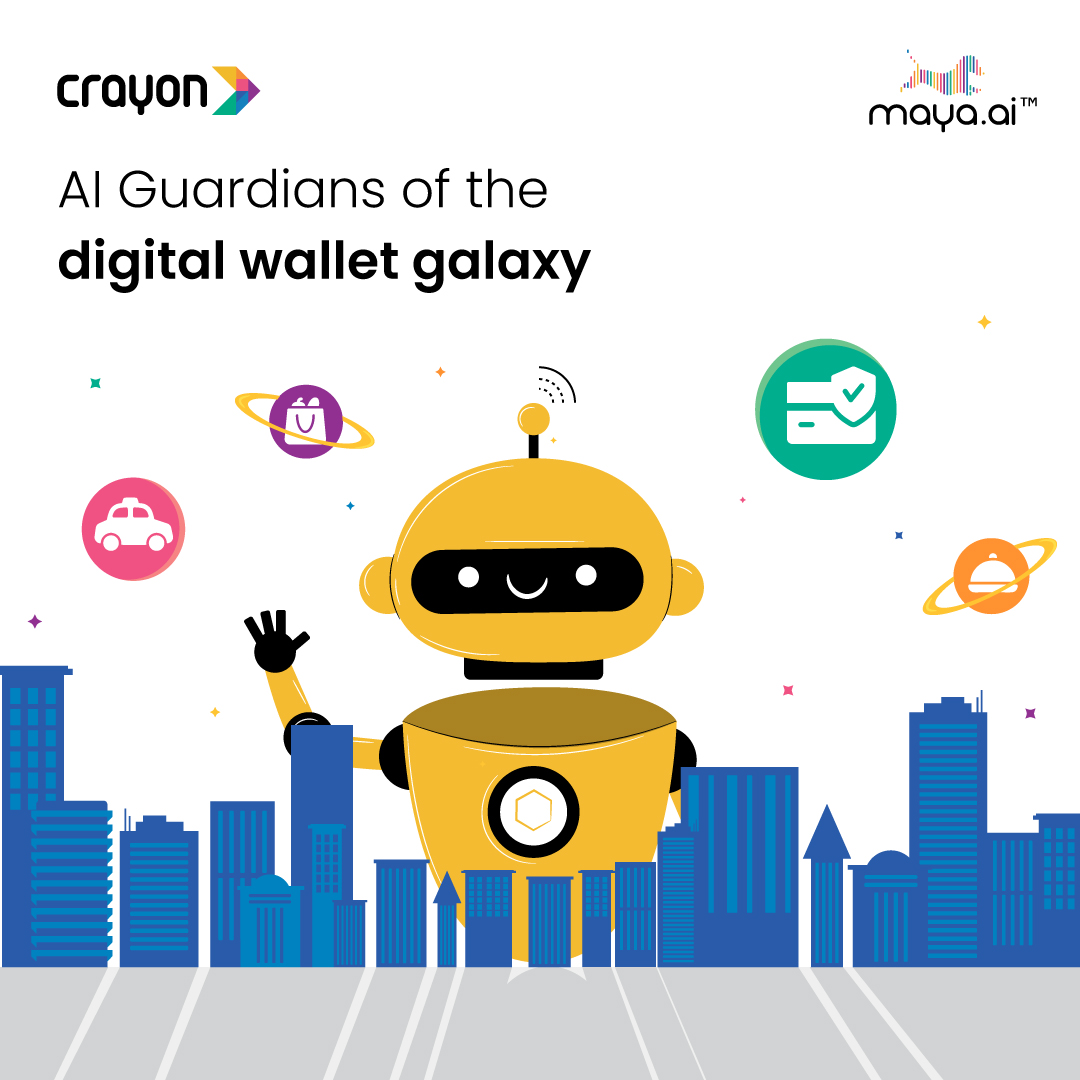
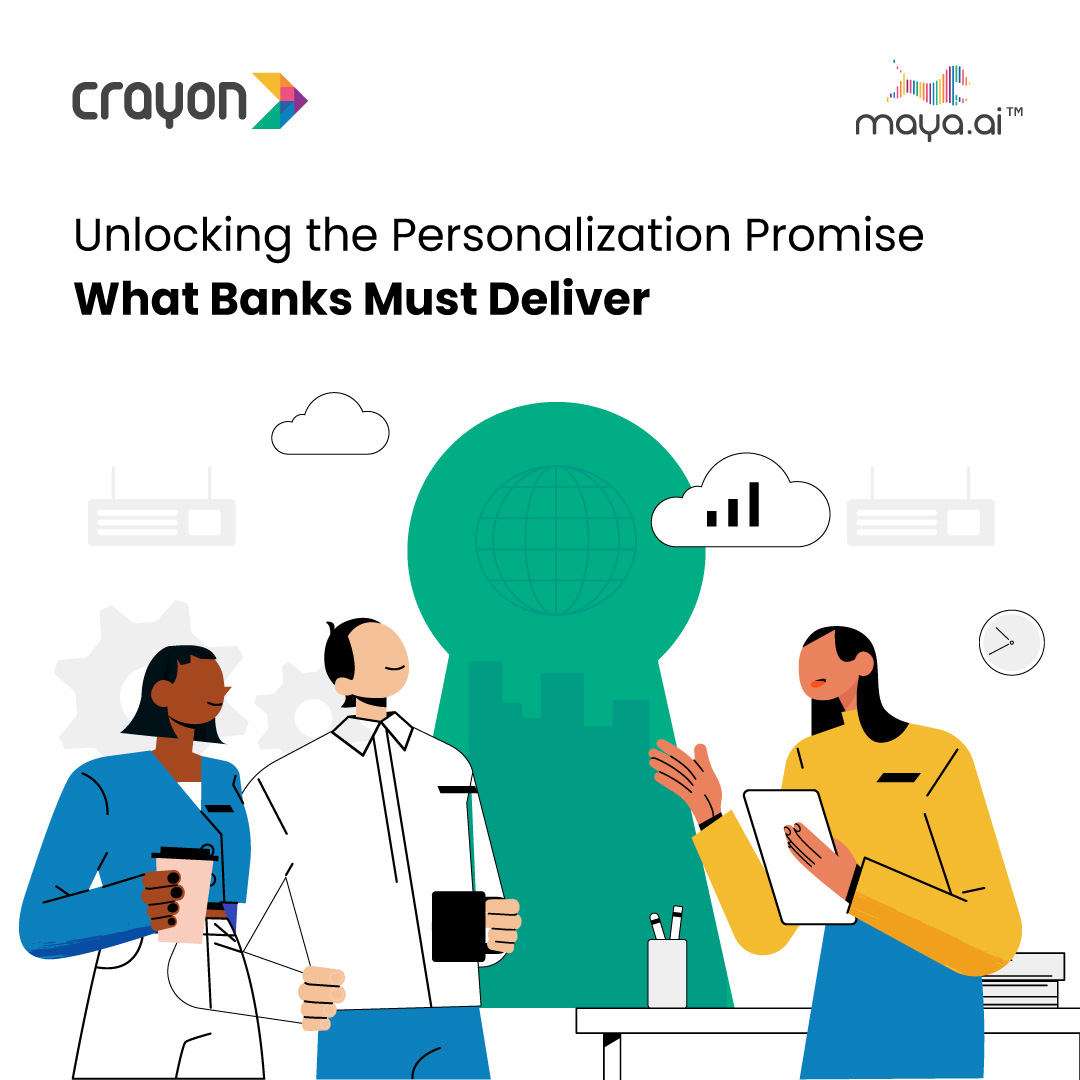




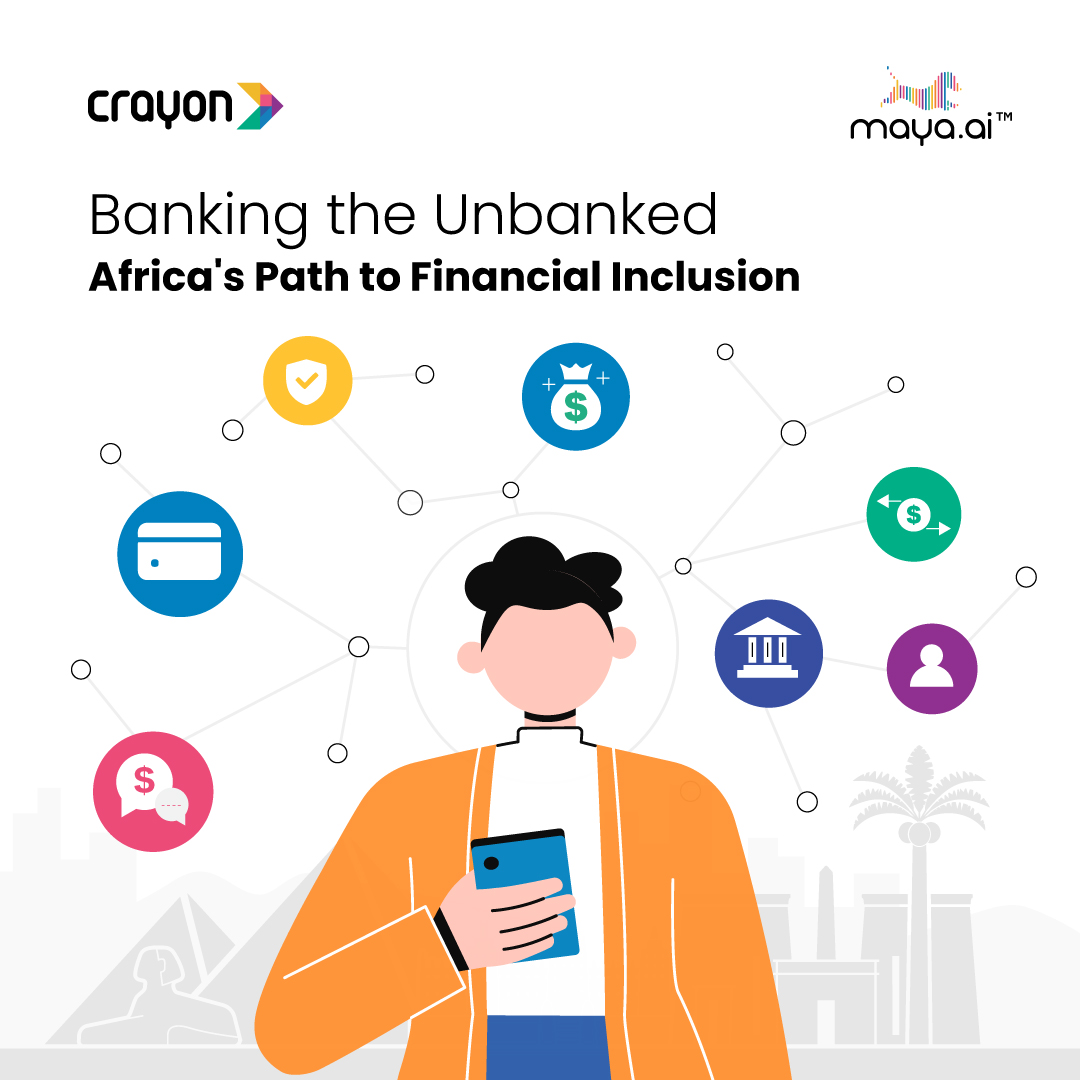

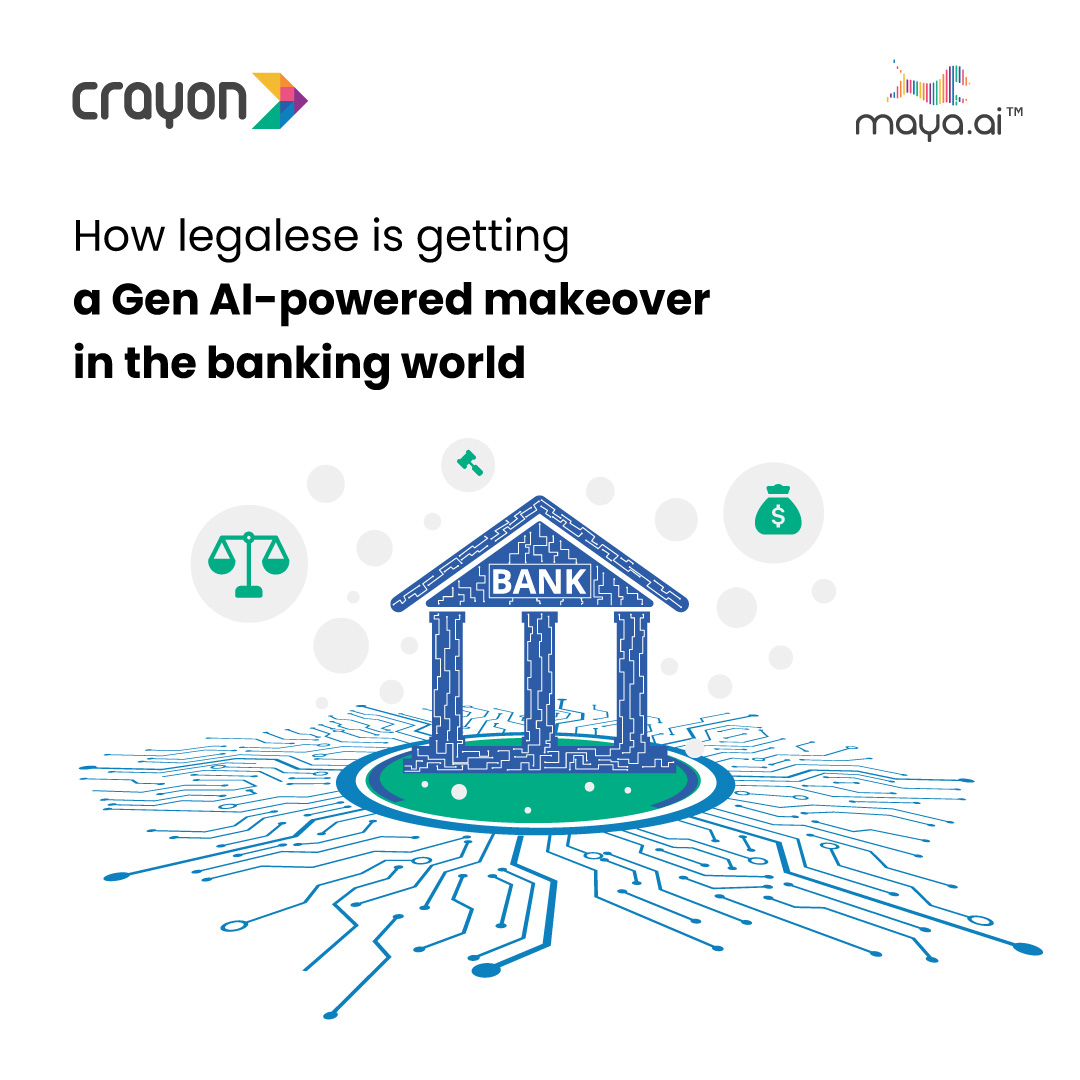

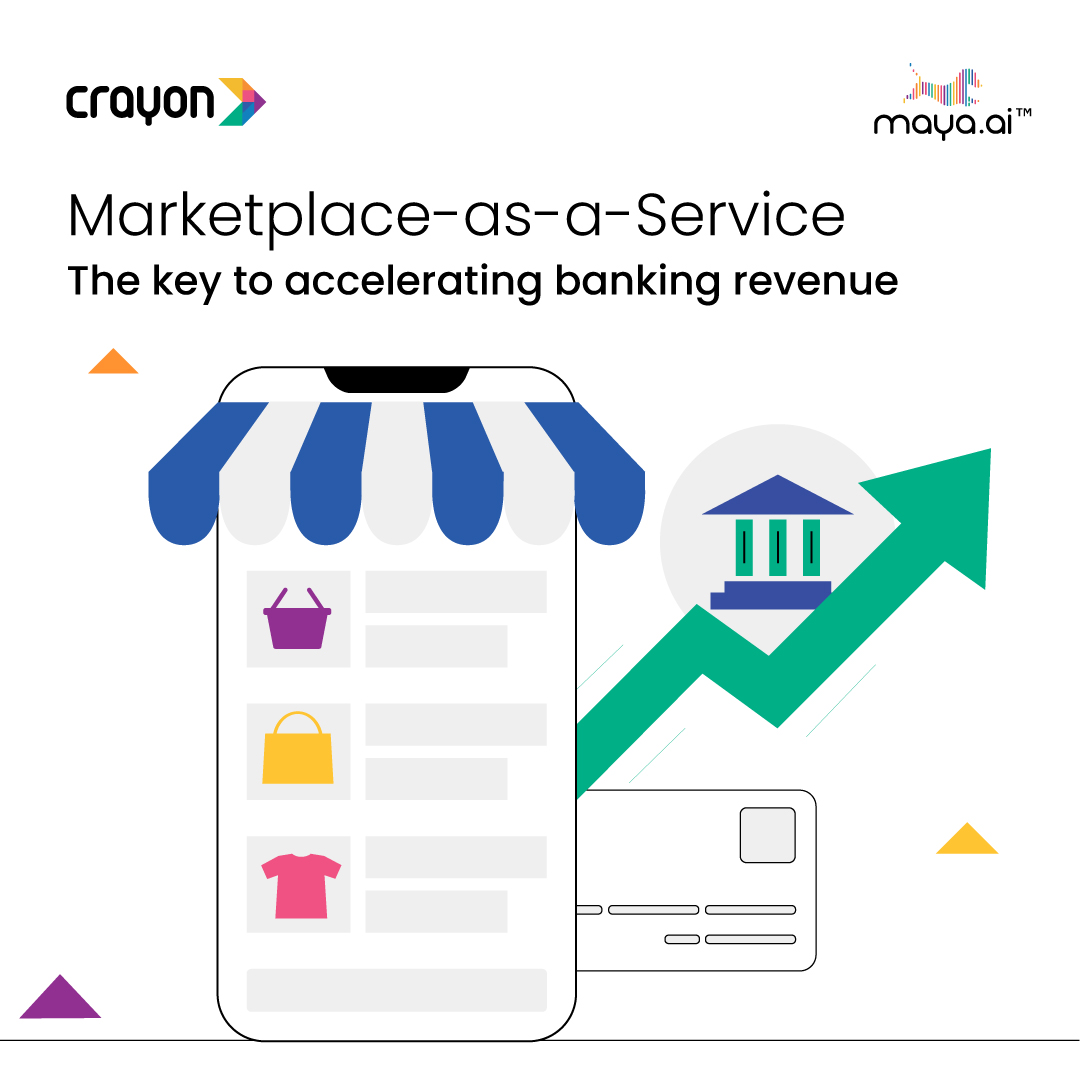


![Slaves to the Algo: AI podcast by Suresh Shankar [Season 1]](https://crayondata.ai/wp-content/uploads/2023/07/AI-podcast-by-Suresh-Shankar.jpg)
![Slaves to the Algo: an AI podcast by Suresh Shankar [Season 2]](https://crayondata.ai/wp-content/uploads/2023/08/version1uuid2953E42B-2037-40B3-B51F-4F2287986AA4modecompatiblenoloc0-1.jpeg)








